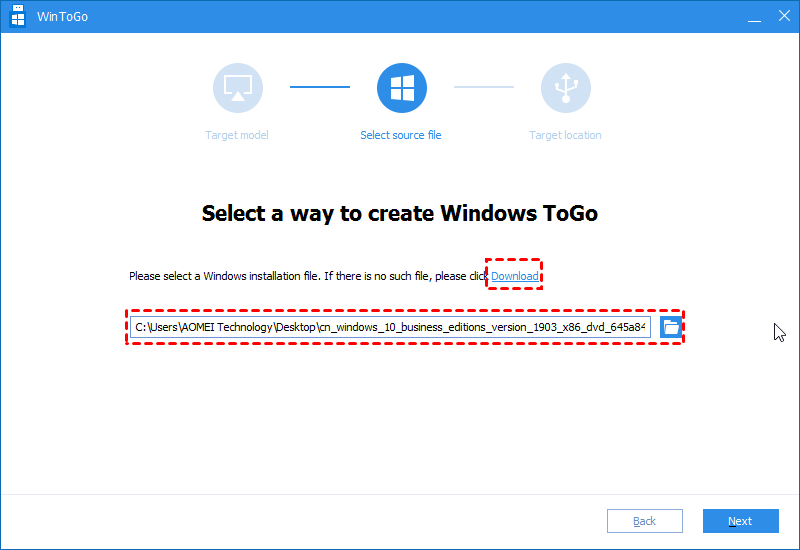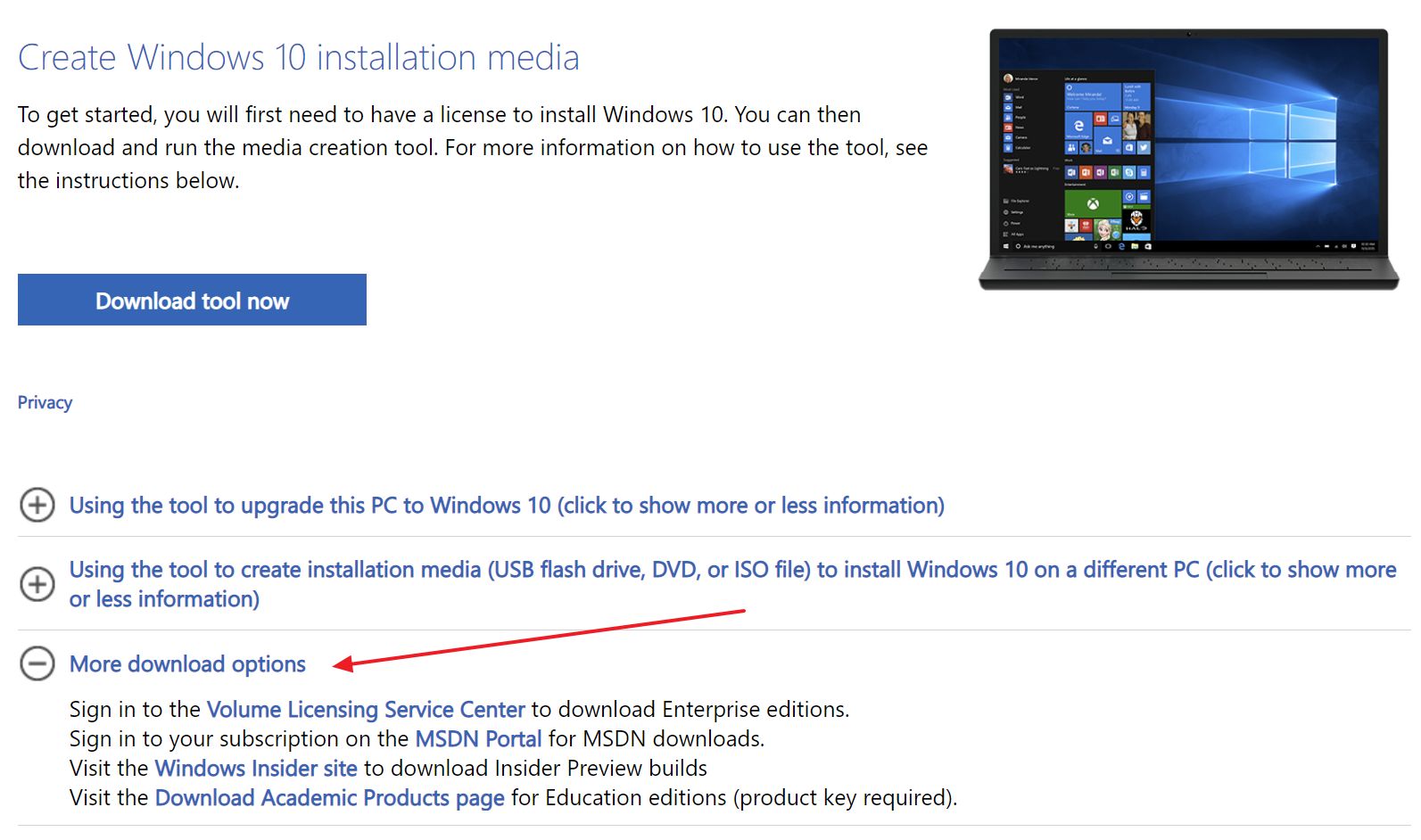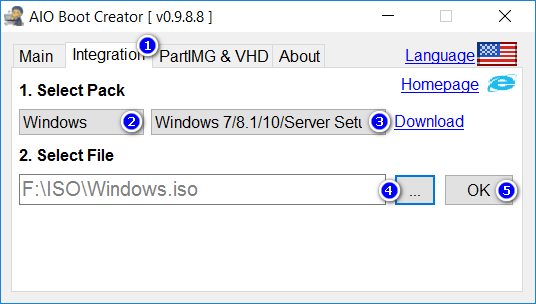

This week Microsoft has updated Windows 10 to the 20H2 version.

You can either use the Microsoft Media Creation Tool to download the files onto removable storage with support for both firmware types (UEFI and legacy BIOS) or use a third-party tool, Rufus.īoth of the software allows downloading the latest Windows 10 ISO file directly from the Microsoft server. On Windows 10, you can use two methods to create bootable media to install the OS from USB on a UEFI-based computer. If you have a computer that features a UEFI (Unified Extensible Firmware Interface) BIOS, instead of the legacy Basic Input/Output System (BIOS), you have to be more careful to choose the appropriate media for the motherboard firmware type. It can handle a lot of data on a small USB disk. USB flash drive is also useful when it comes to storage.

Split the Windows image file into smaller files, and put the smaller files onto the USB drive: Dism /Split-Image /ImageFile:D:\sources\install.wim /SWMFile:E:\sources\install.If you plan to install a fresh copy of Windows 10 on your computer, it is better to create a bootable USB flash drive. If your image is larger than the filesize limit:Ĭopy everything except the Windows image file (sources\install.wim) to the USB drive (either drag and drop, or use this command, where D: is the mounted ISO and E: is the USB flash drive.) robocopy D: E: /s /max:3800000000 Windows USB install drives are formatted as FAT32, which has a 4GB filesize limit. Follow the instructions to install Windows. Select the option that boots the PC from the USB flash drive. Turn on the PC and press the key that opens the boot-device selection menu for the computer, such as the Esc/F10/F12 keys.

For more information, see Automate Windows Setup. Optional: add an unattend file to automate the installation process. Use File Explorer to copy and paste the entire contents of the Windows product DVD or ISO to the USB flash drive. Step 2 - Copy Windows Setup to the USB flash drive If Mark Partition as Active isn't available, you can instead use diskpart to select the partition and mark it active.


 0 kommentar(er)
0 kommentar(er)
